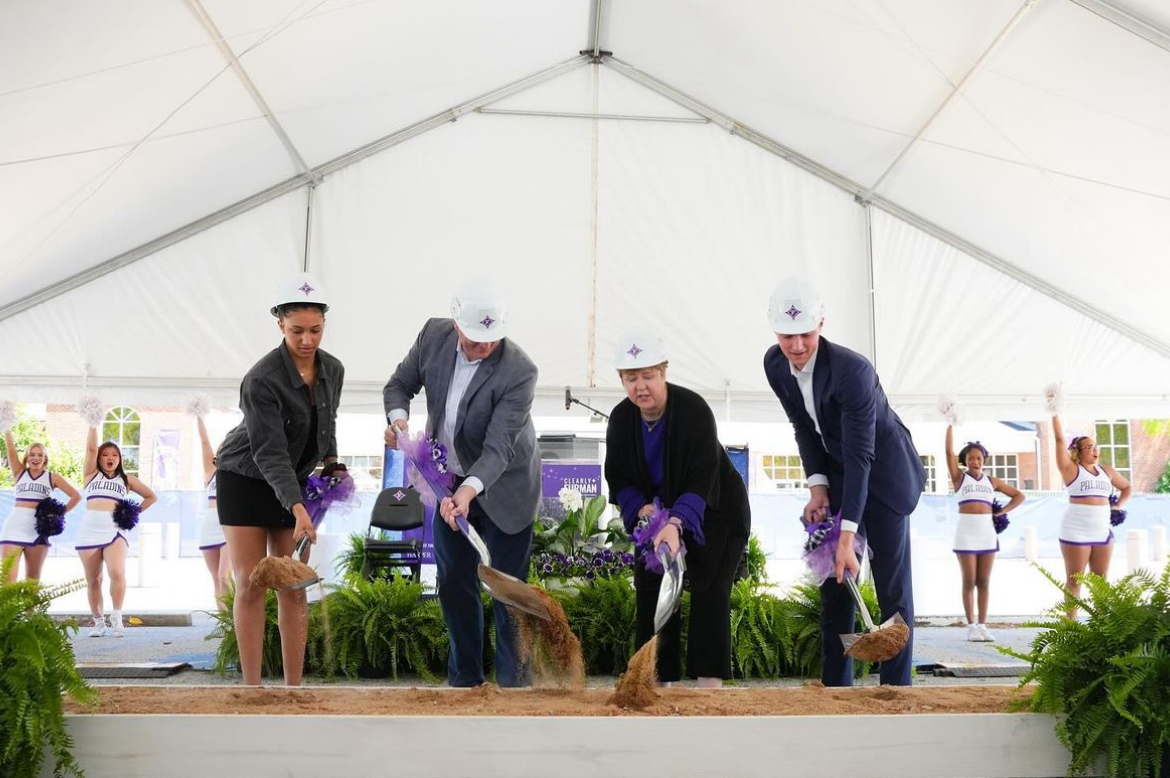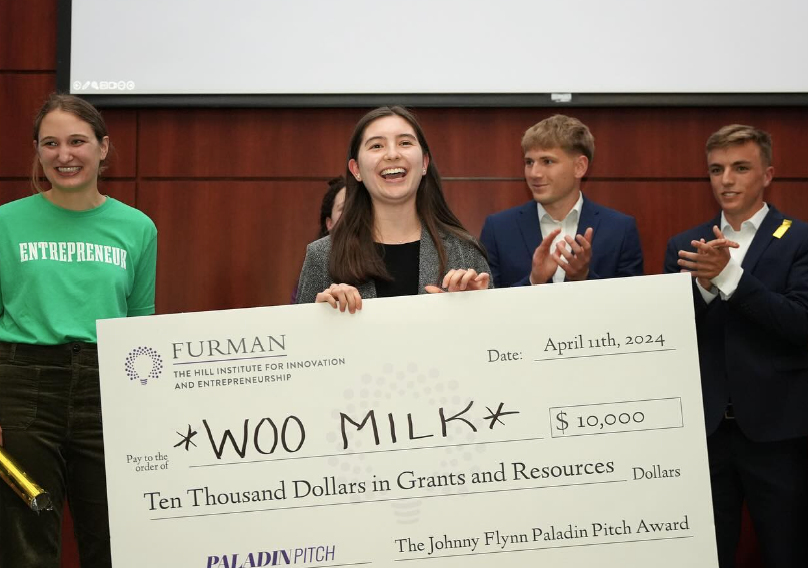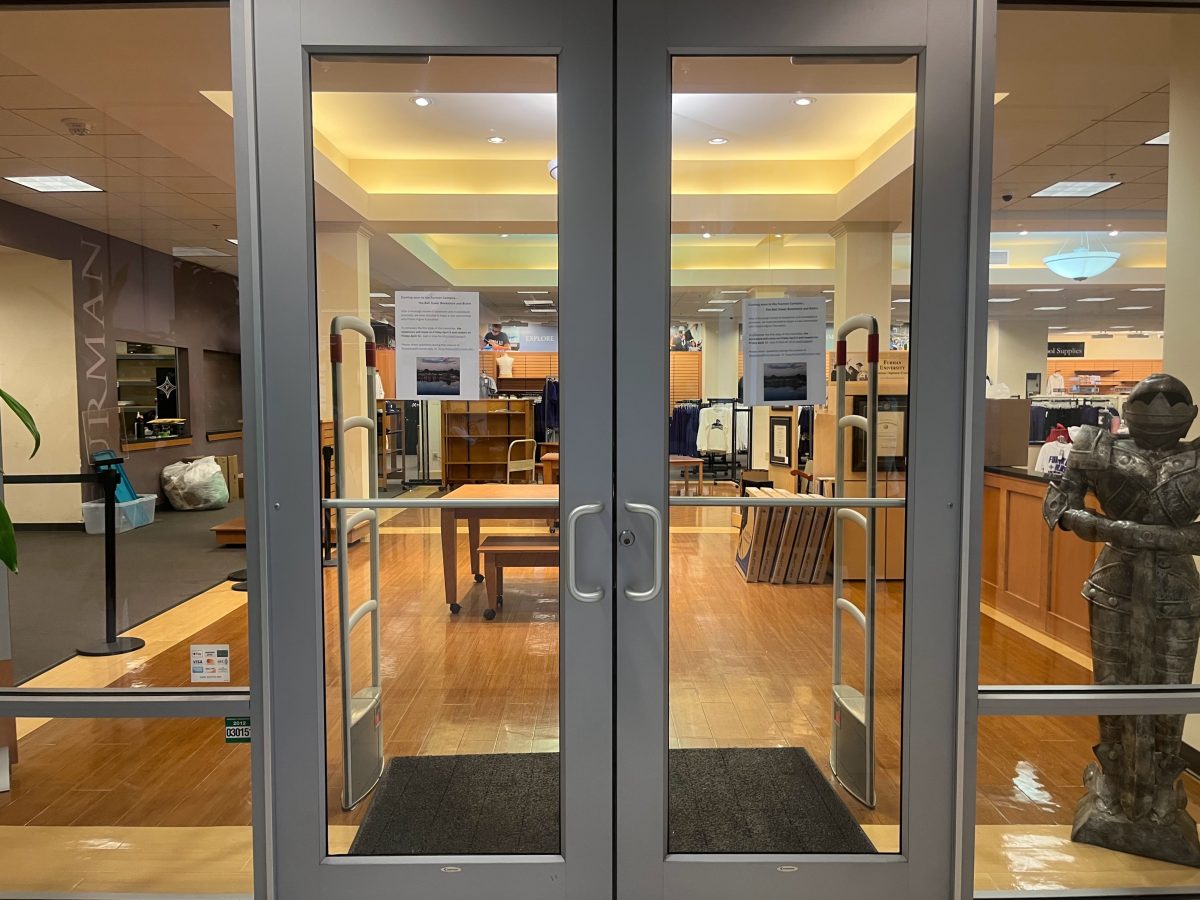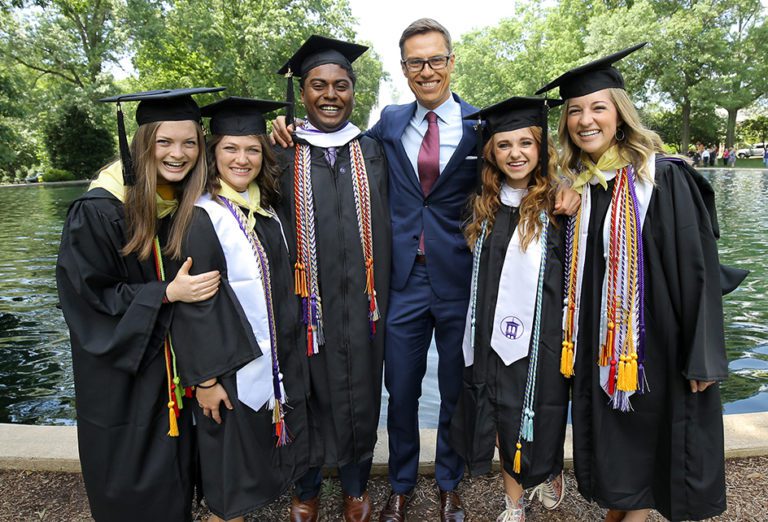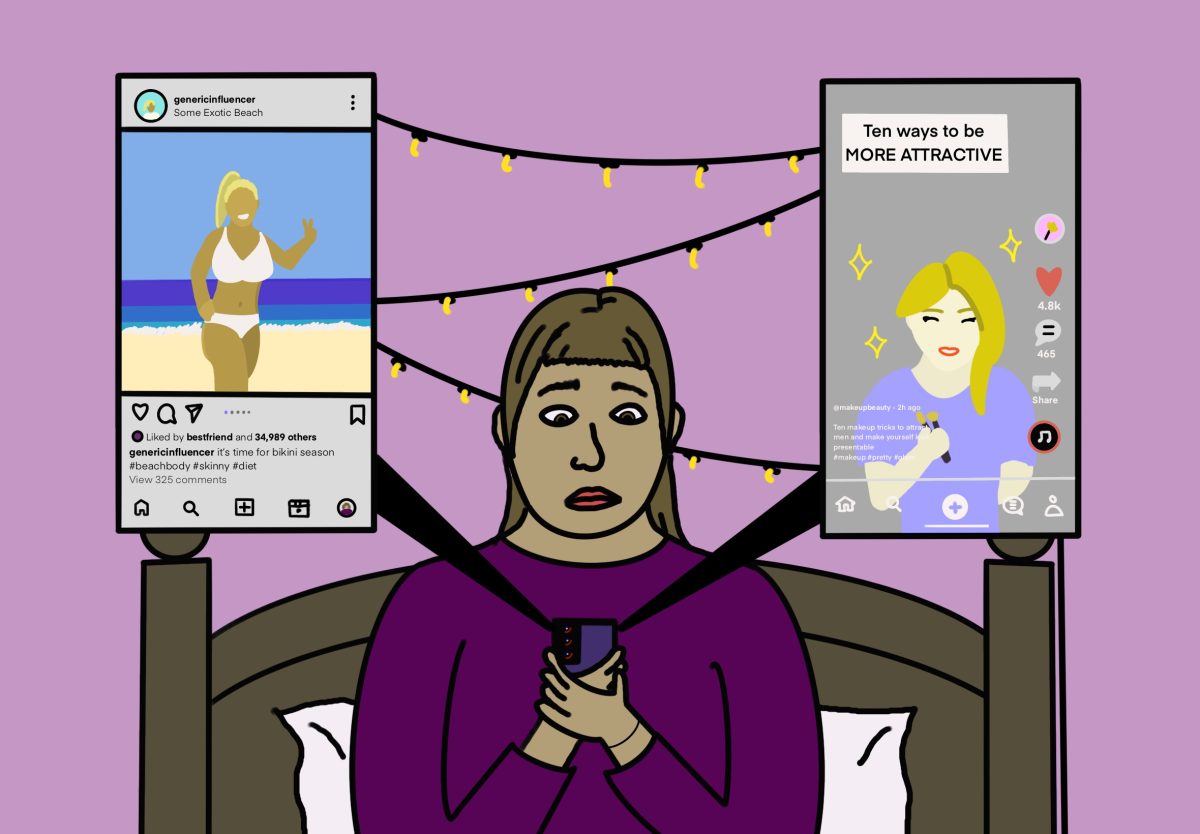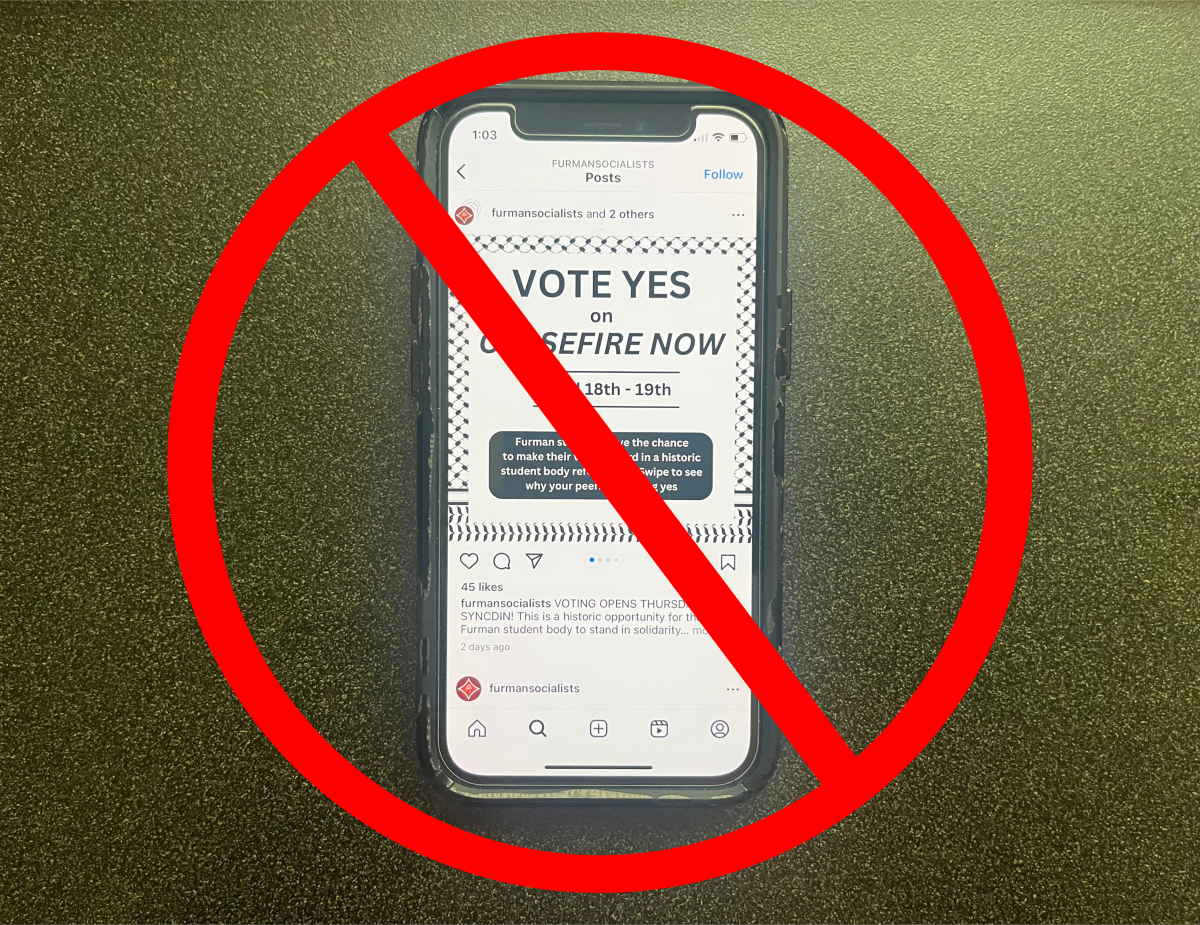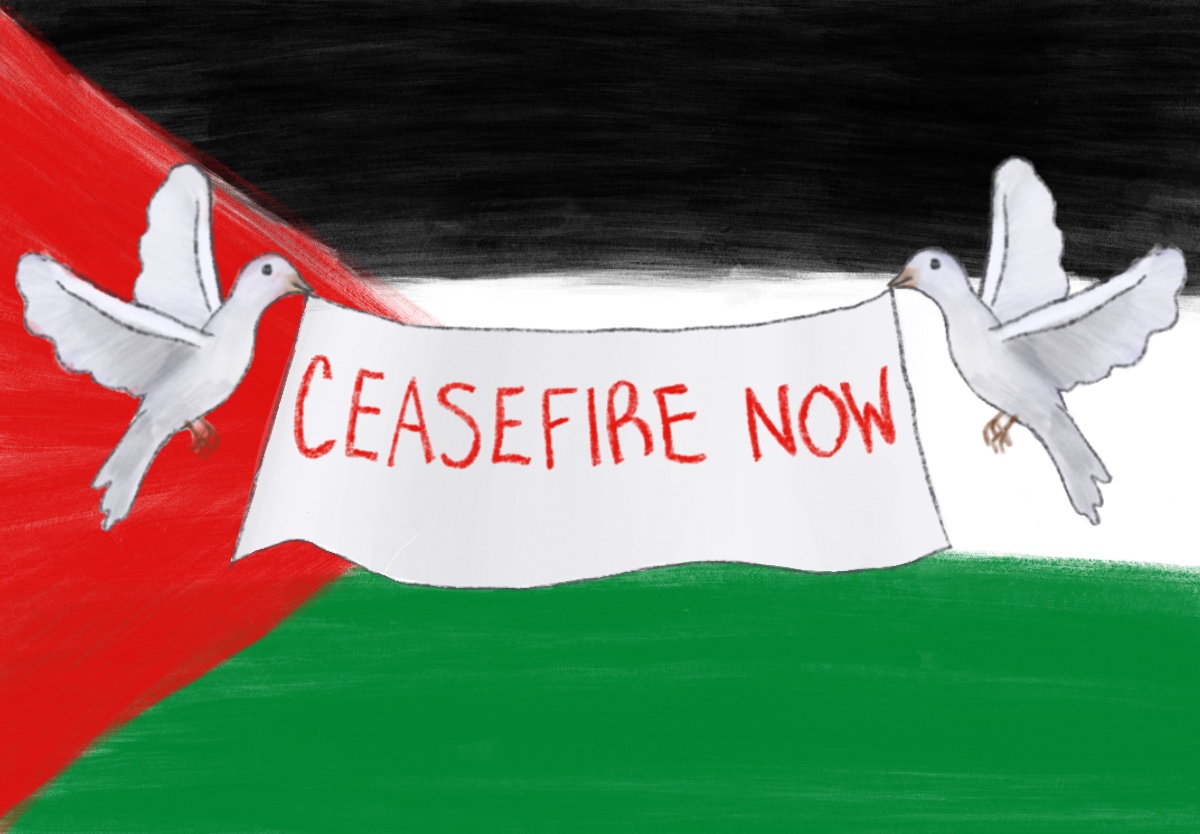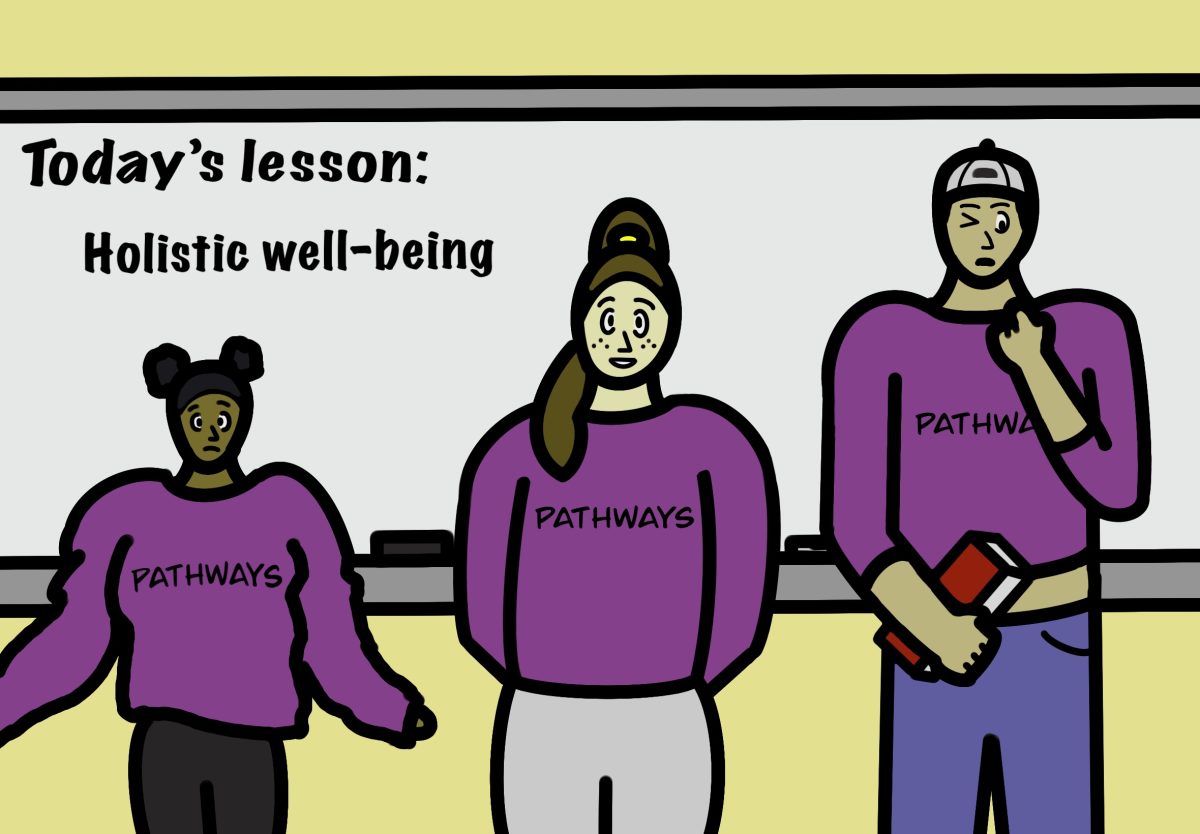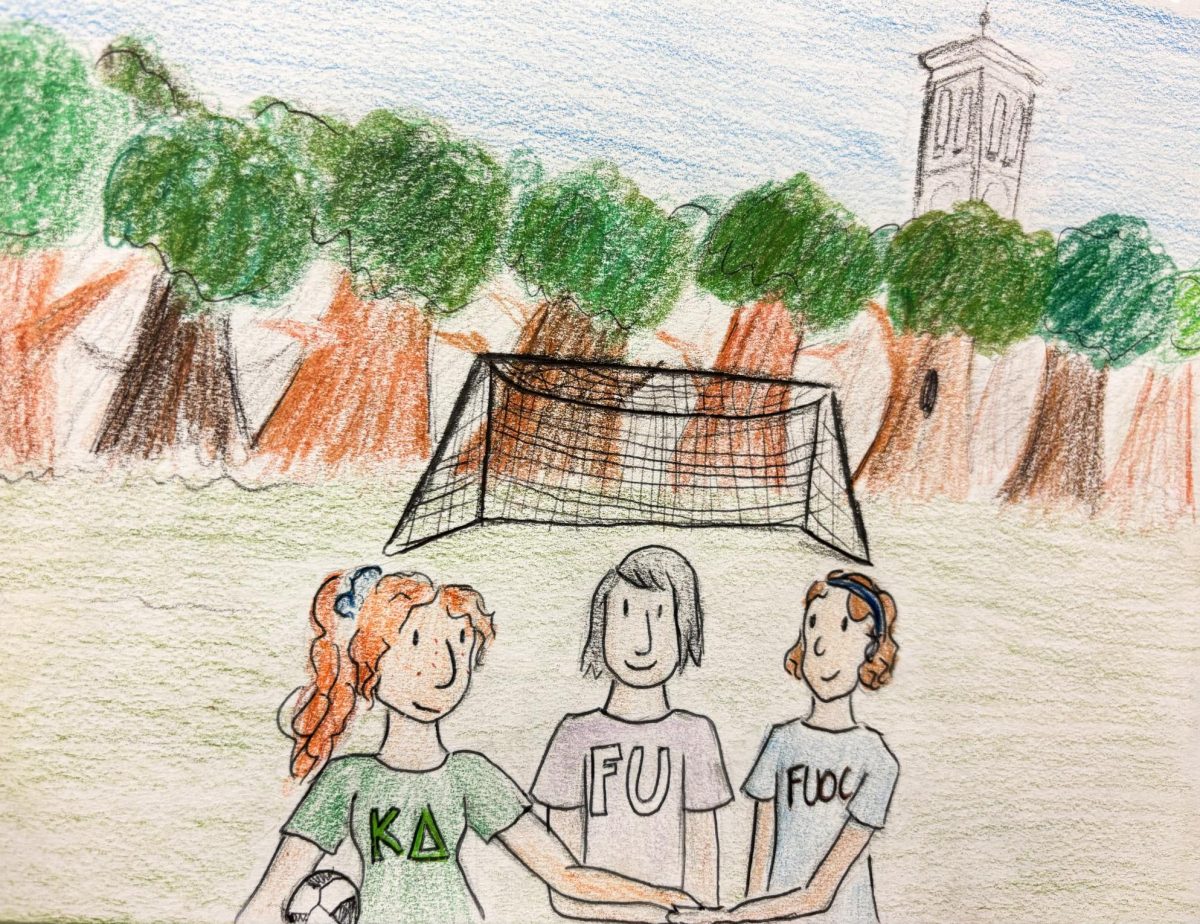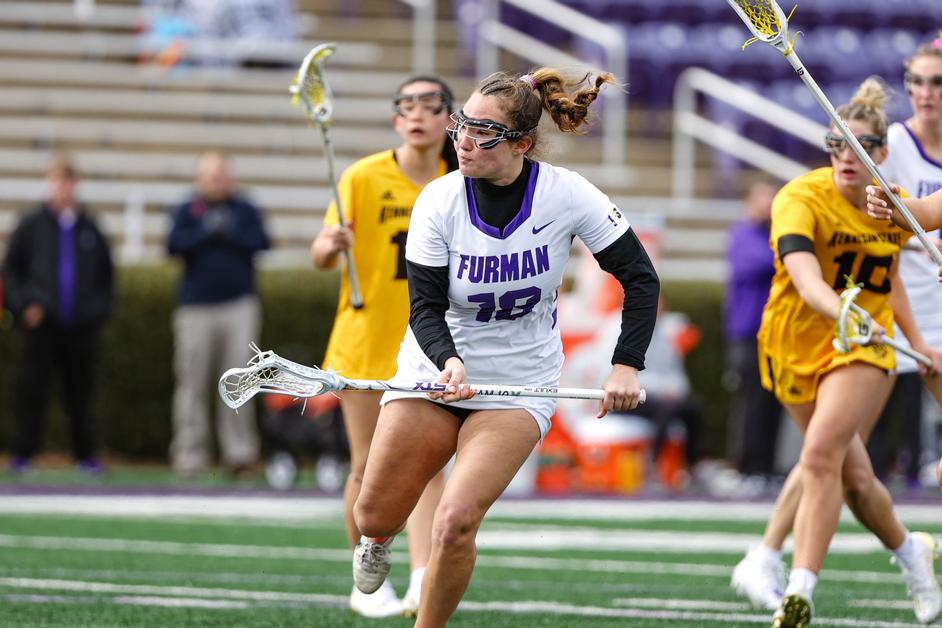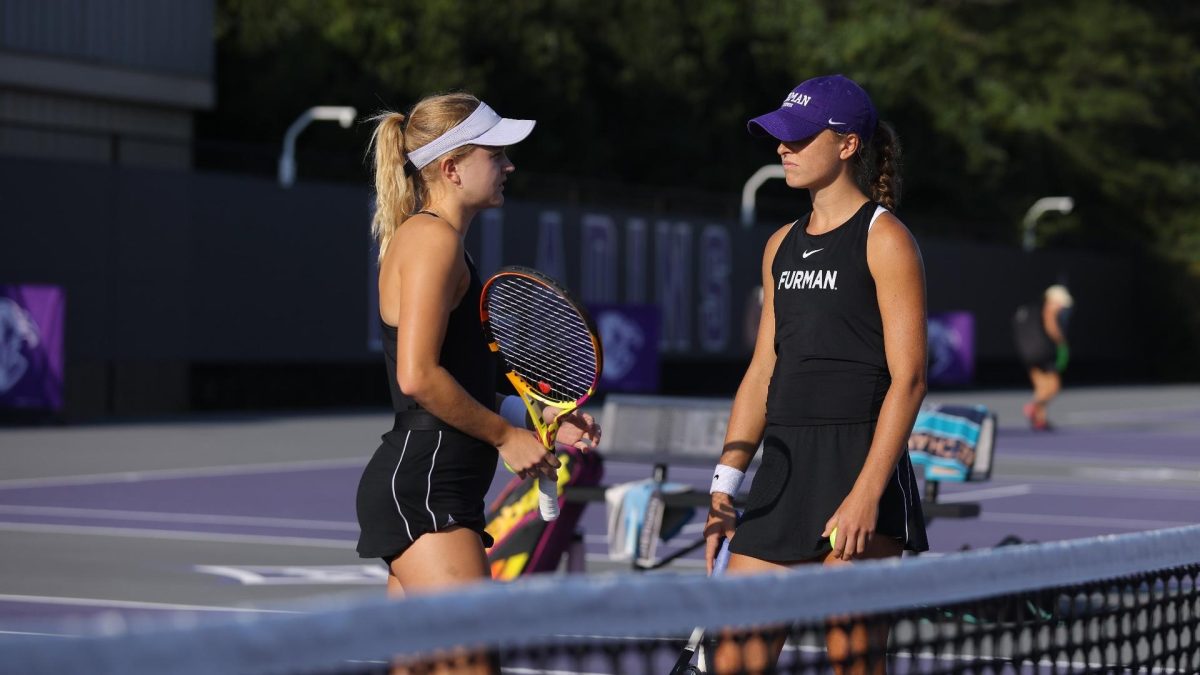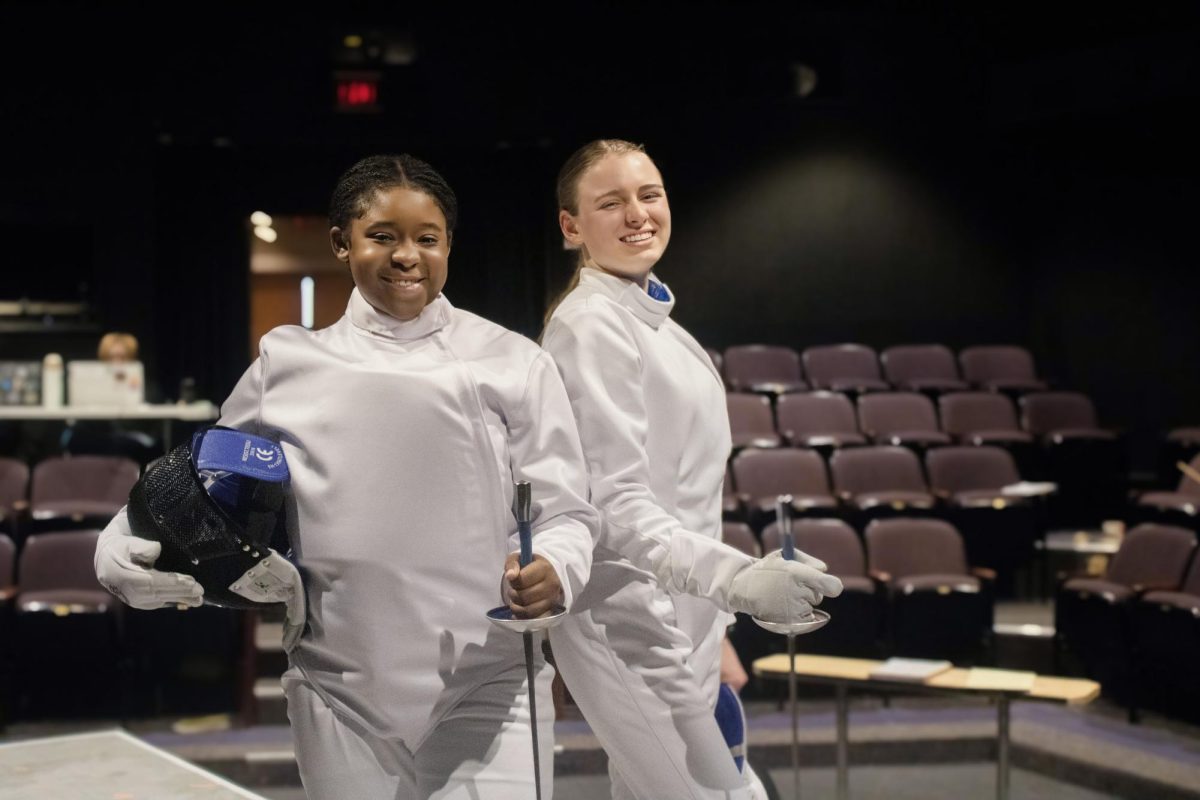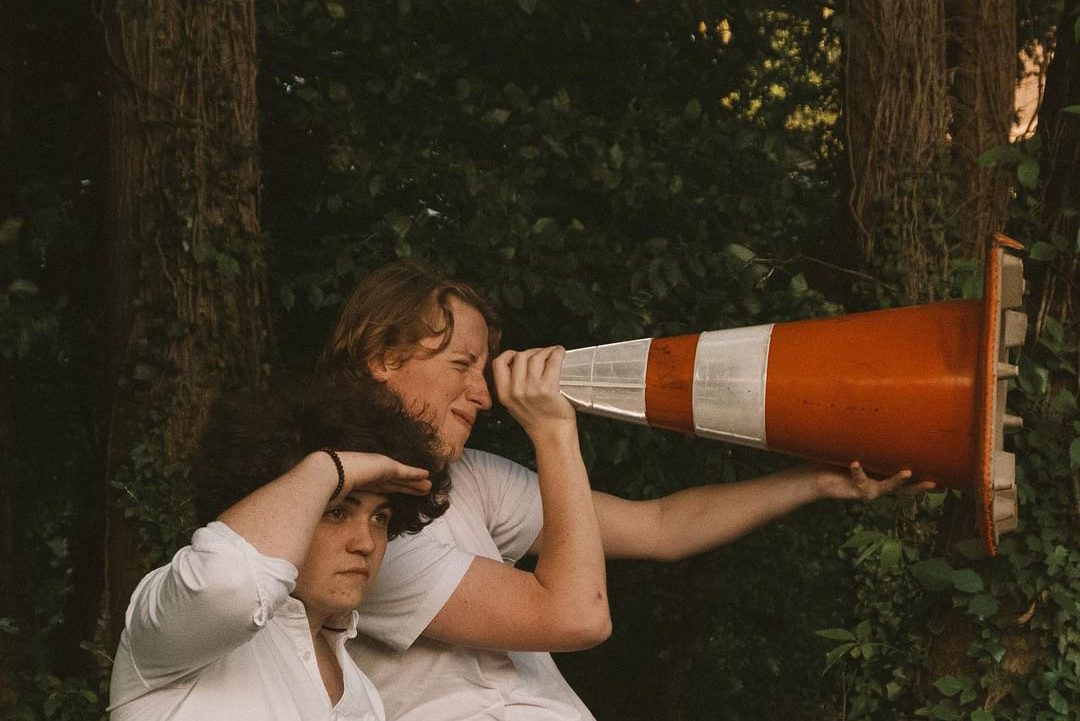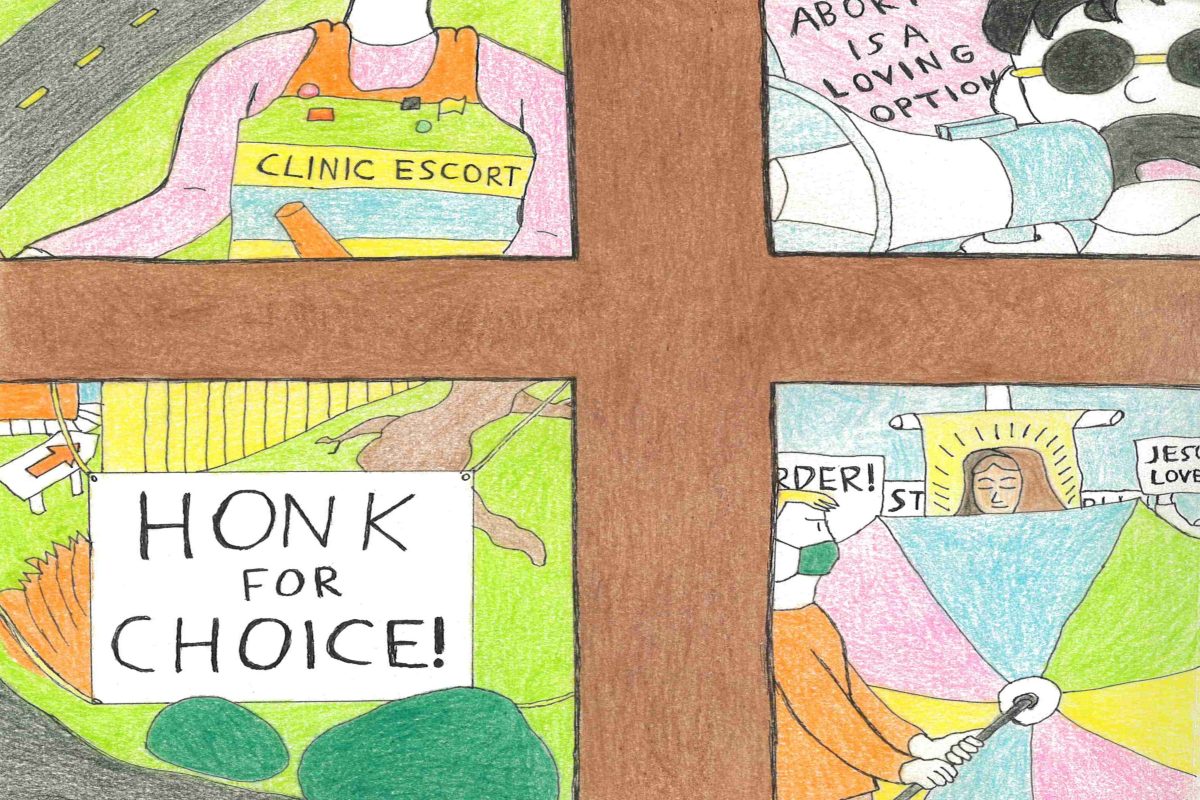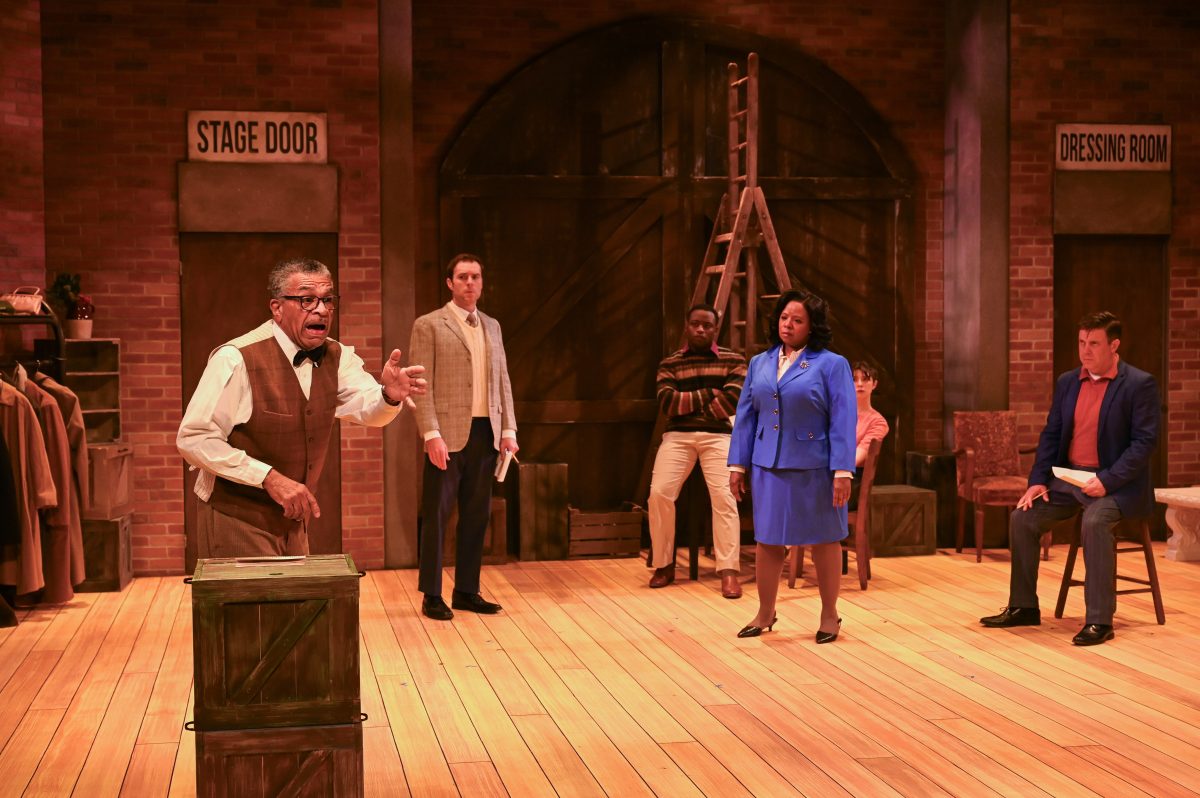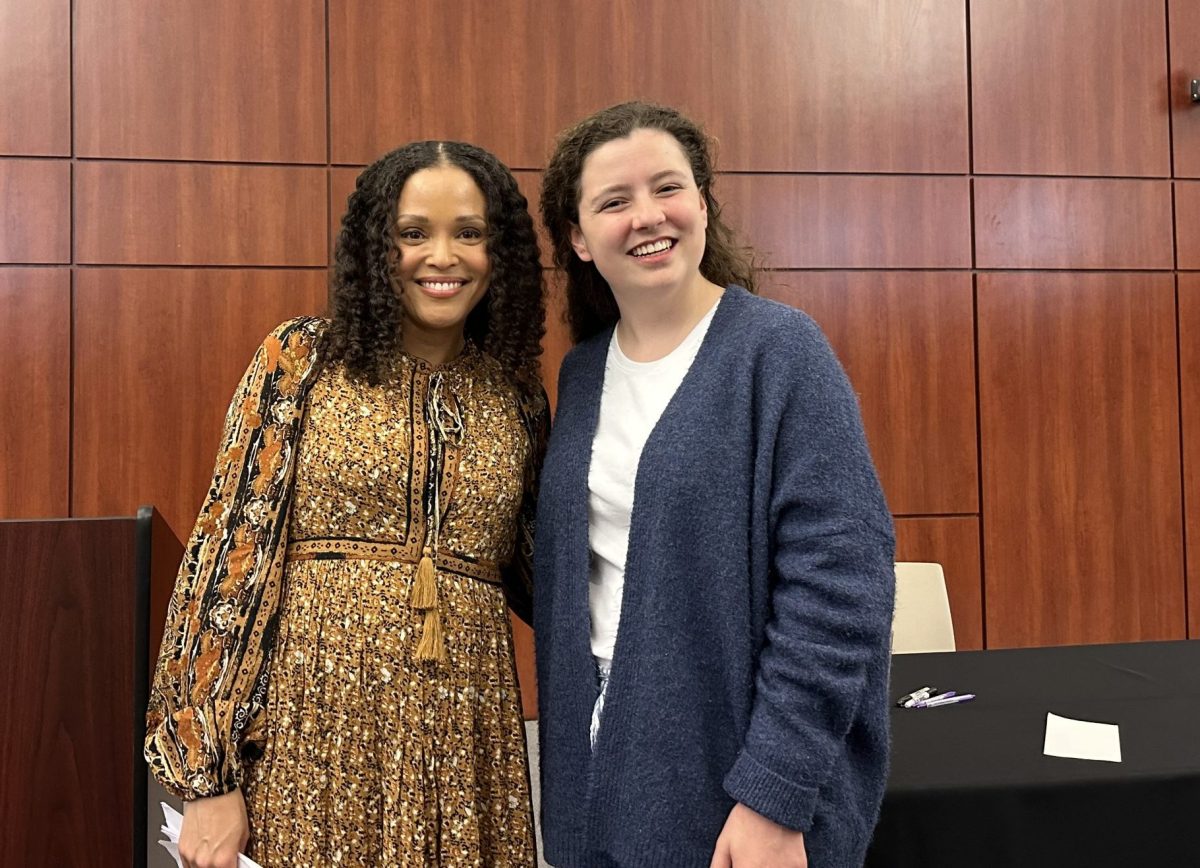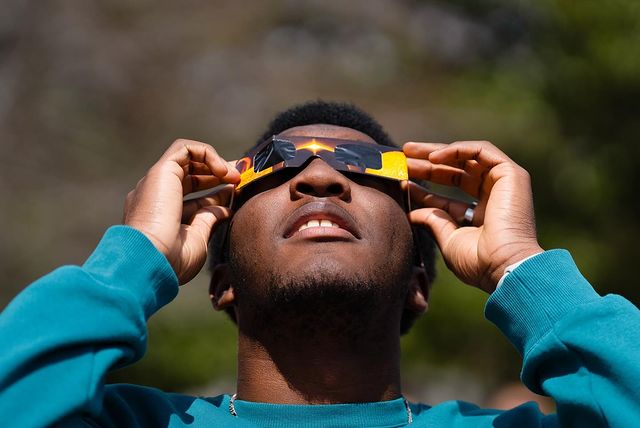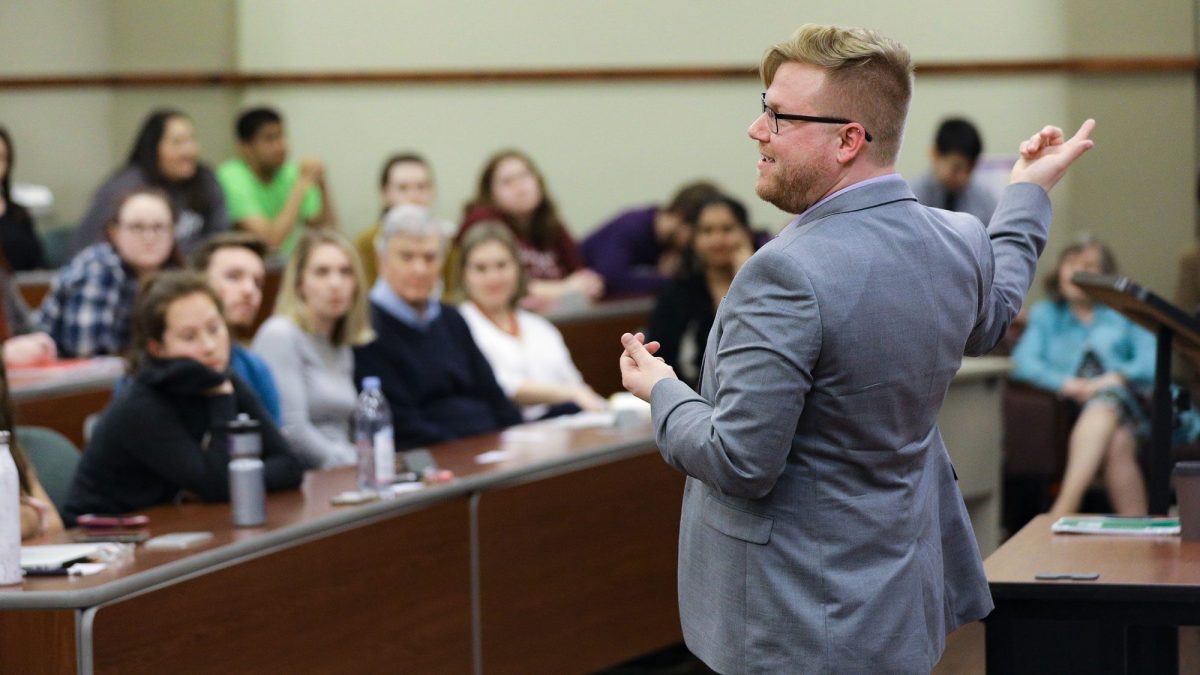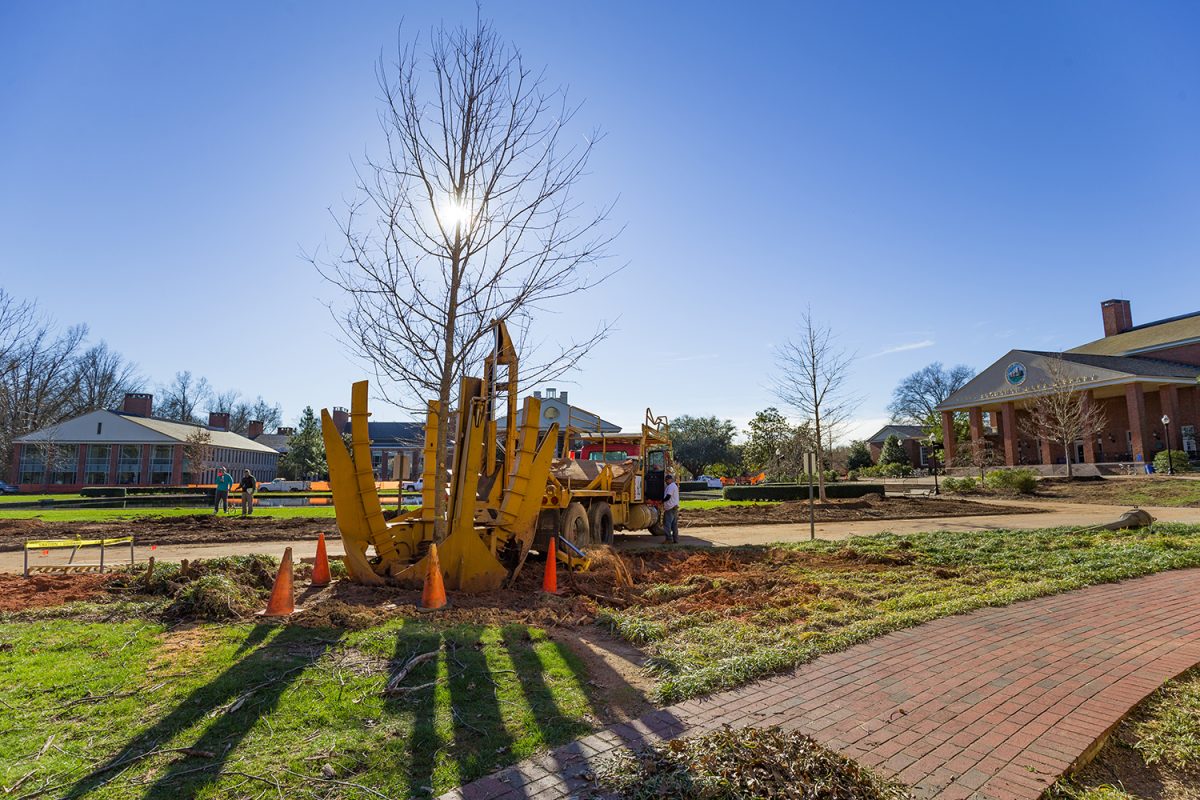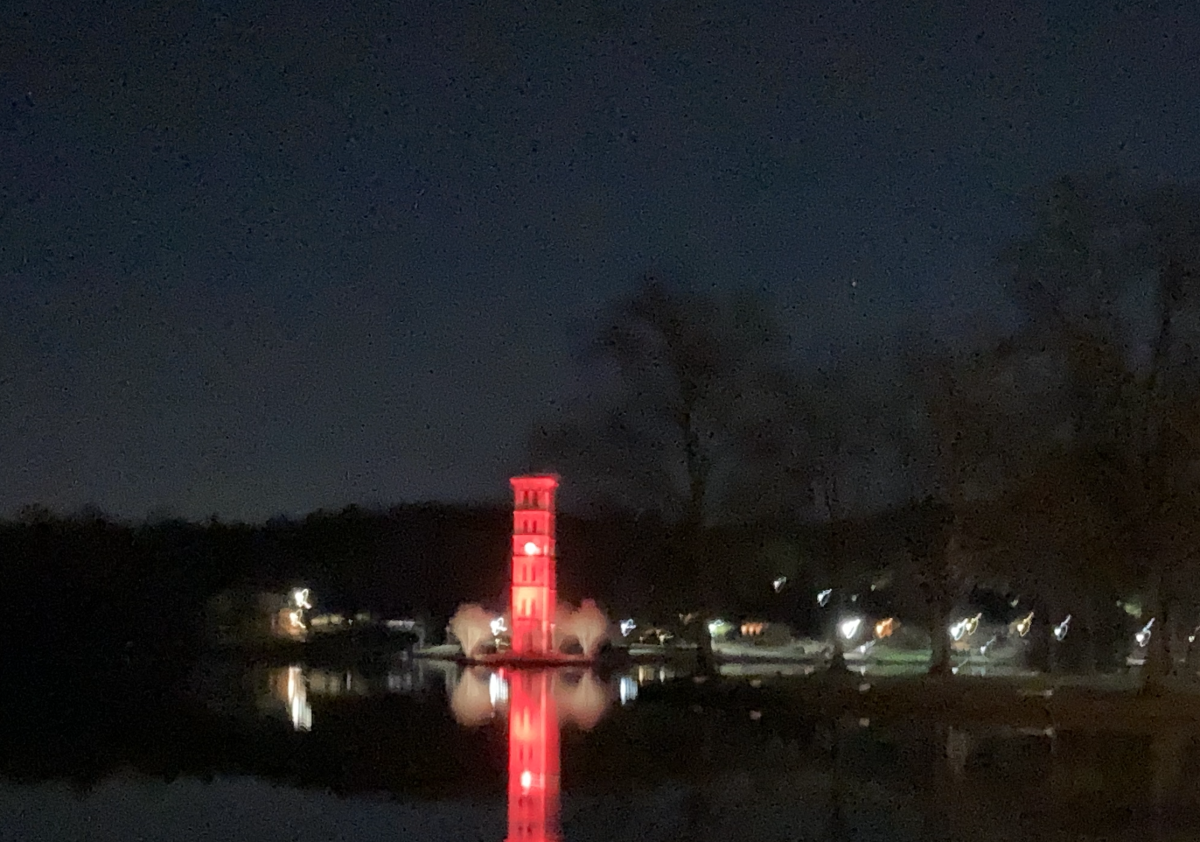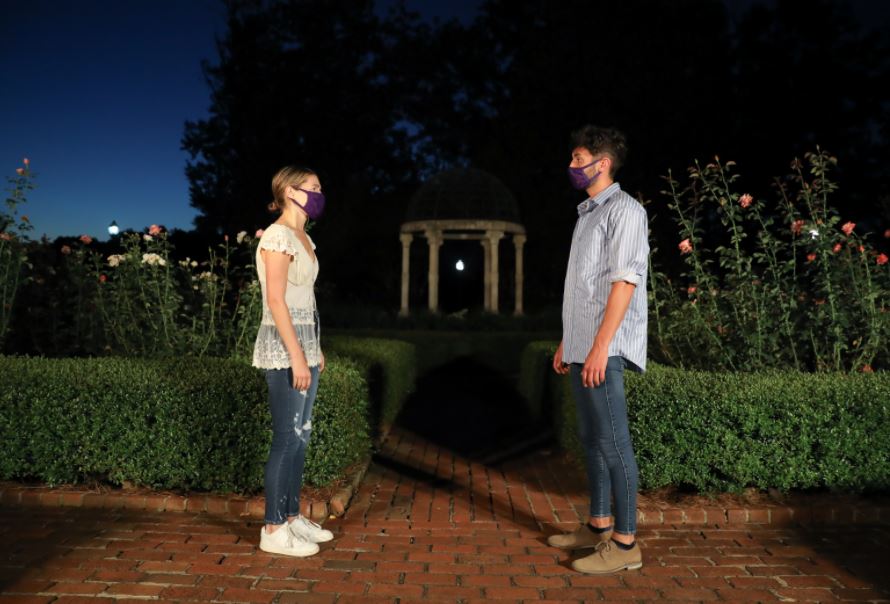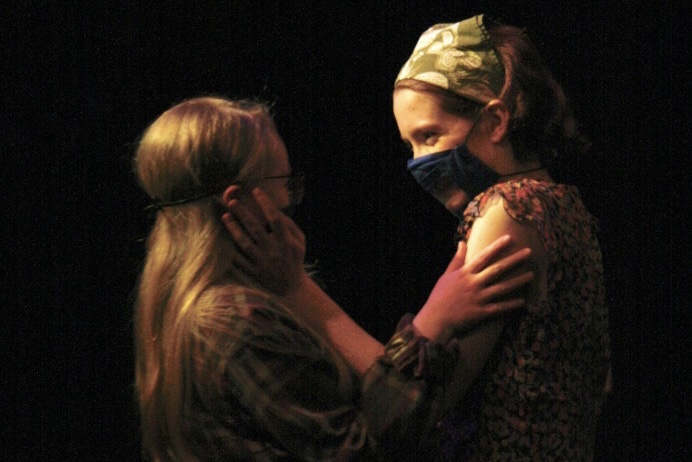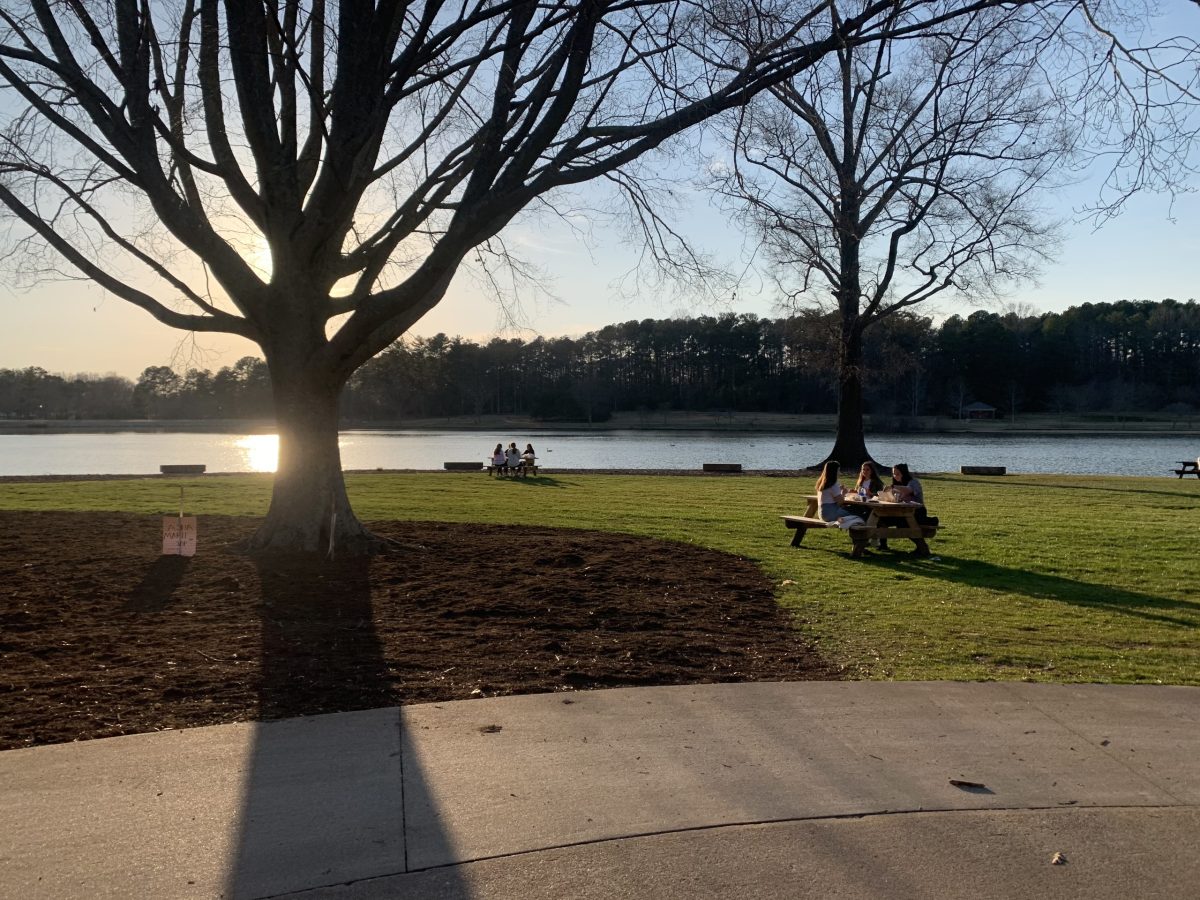If you walked around Furman’s campus in the evening at some point from Sept. 22-27, you probably noticed a few rows of chairs, stage lights set up underneath trees, and a couple of students interacting, and then breaking apart, and then coming together again (six feet apart, of course). What you witnessed was the Order of Furman Theater putting on an outdoor production of Love and Information, a seven act production with 110 different characters. The play is a series of vignettes, small scenes that are about either love or information, or maybe both. The theme of all of these scenes, according to actress Morgan Goldsberry, is the challenge of “love in a time where endless information is constantly being thrown at you.” In this sense, the story that Love and Information tells is one we can all relate to, but because of the circumstances on campus this semester, the final product was even more experimental and unique.
Logistically, the show was intense. It required a separate stage manager for every act, in addition to Kaitlin Noble, the head stage manager. The individual act managers were in charge of lighting, props, announcing scene titles, and ferrying the audience from one location to another. Due to the evening performance time, every scene required artificial lighting, and the students had to work with the spaces that were available outside and around campus. Goldsberry said, “when you’re outside doing theater, you’re thrown all these weather conditions and people popping into your space.” Reportedly, some unknowing students would even climb into the taped-off walkways during the actor’s performances. Spiders in the rose garden, a light rain, and the quick loss of sunlight all made engagement with the show more difficult for the audience.
However, there was some upside to an outdoor production. According to senior Makenna Christensen, “whoever thought ‘let’s take this play outside’ was a genius.” All the scenes were set up at the same time so that one group could be watching Act I while another group was somewhere else watching Act II. The audience could move from one section to another without set changes or characters running between areas which tied the production together.
Another hurdle for the cast and crew was that Love and Information was not written with any context. There is a script, but that was it; no character names, stage directions, costume suggestions, or backstory, so the actors had to decide how they were going to portray each individual character. Goldsberry said, “we felt like we were writing it ourselves…we all came in with a thousand different ideas.”
Despite the involvement of dedicated students, the actors were so spaced out during rehearsal and performance that the usual comradery that comes along with being in the cast of a play was difficult to create. Goldsberry said, “I did feel very disconnected from the rest of the cast…we were in the same show, but I didn’t get to see them at all.” Within the cast of the production, isolation and a lack of connection were prevalent issues, however, in my experience, this lack of connection did not translate to the audience. The stage managers who accompanied the audience from act to act created a sense of continuity from location to location.
Despite a lack of close contact and the logistical issues of working outside on a college campus, the result was an entertaining and thought provoking performance. For the audience, the format of the play and the constant jumping around from scene to scene and character to character could be a little disorienting. As an audience member, it took me some time to understand what was happening and how I was meant to respond to the multitude of small stories in every act. According to Goldsberry, this was an intentional choice on the part of Maegan Azar, the director of this production. In her concept statement for the play, Azar said, “This show explores what it means to be human today,” an idea that is echoed throughout the show, in content and form. Christensen said, “At first, the story line seemed completely ridiculous, but by the final act we began to understand that the string drawn through all of it was love and connection.”
The slight confusion, the complex information, and the constant changes were meant to reflect the time period we are in and the circumstances we are all dealing with. Without an obvious connecting plot, it is up to the actors and the audience to make of it what they will. Goldsberry said, “we were aiming for something cathartic for the campus that everyone could identify with.” This show succeeded in bringing people together at a time when connection is almost impossible, and in doing so, it kept the tradition of live theater at Furman alive.

